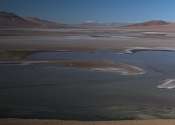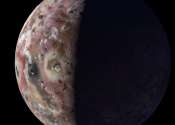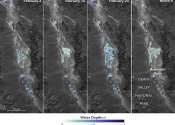The National Aeronautics and Space Administration (NASA) is the agency of the United States government that is responsible for the nation's civilian space program and for aeronautics and aerospace research. Since February 2006, NASA's mission statement has been to "pioneer the future in space exploration, scientific discovery and aeronautics research." On September 14, 2011, NASA announced that it had selected the design of a new Space Launch System that it said would take the agency's astronauts farther into space than ever before and provide the cornerstone for future human space exploration efforts by the U.S.
NASA was established by the National Aeronautics and Space Act on July 29, 1958, replacing its predecessor, the National Advisory Committee for Aeronautics (NACA). The agency became operational on October 1, 1958. U.S. space exploration efforts have since been led by NASA, including the Apollo moon-landing missions, the Skylab space station, and later the Space Shuttle. Currently, NASA is supporting the International Space Station and is overseeing the development of the Orion Multi-Purpose Crew Vehicle and Commercial Crew vehicles.
- Address
- United States of America 94710
- Website
- http://www.nasa.gov/home/index.html
- Wikipedia
- http://en.wikipedia.org/wiki/NASA
Some content from Wikipedia,
licensed under CC BY-SA
Subscribe to rss feed









